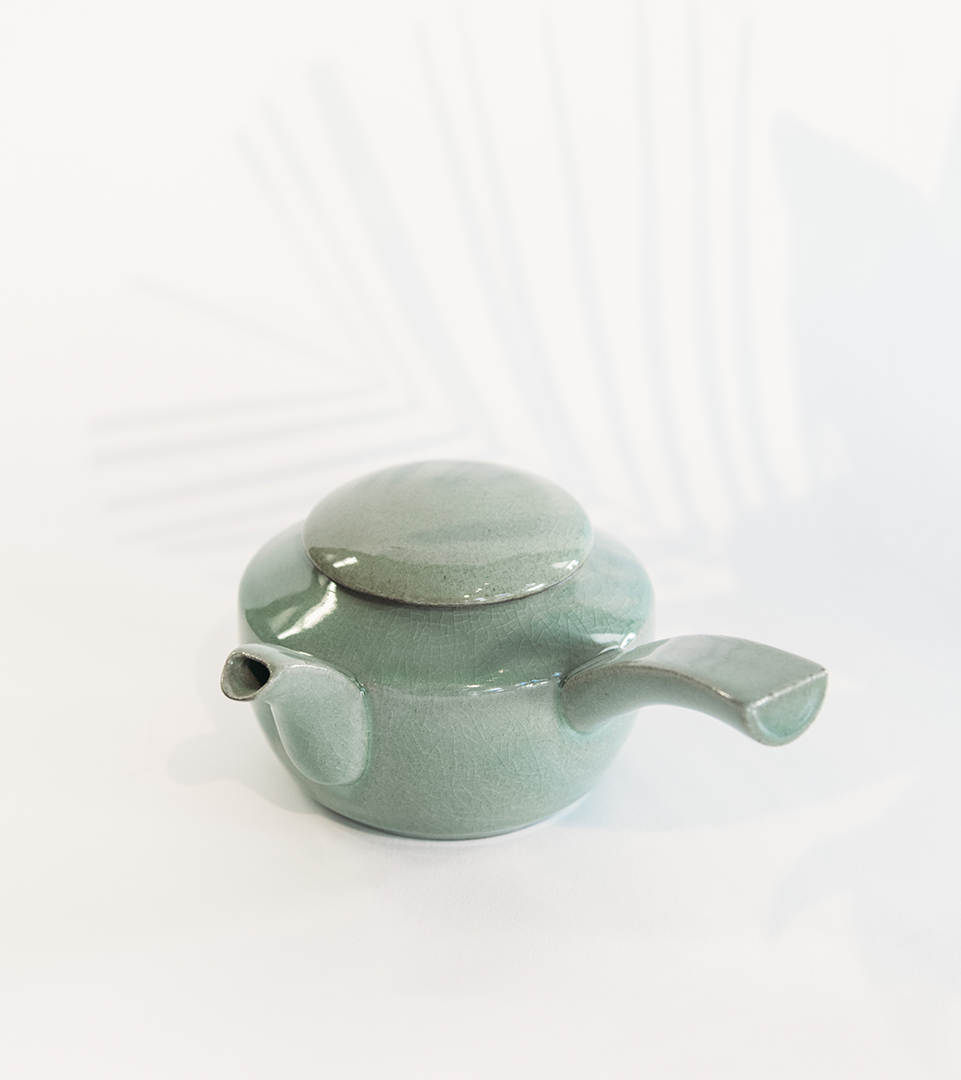Tea Resources: Teaware - The Teapot Edition
Apr 1st 2019

One of the goals of The Jasmine Pearl is educating our customers on all things tea. We constantly look for ways to increase our own knowledge and experiences with tea. Besides trying new teas, we read a lot of tea books, watch videos, listen to podcasts, check out blogs, and visit other tea experts. In this ongoing series, we'll share some of these tea resources with you. Some will be old favorites while others will be new discoveries. Either way we're excited to share with you some top notch resources so you can geek out and expand upon your tea knowledge.
In this edition we'll take a look at some tea brewing vessels and discuss the pros and cons of different styles and materials. But what classifies as a brewing vessel? For the purposes of this article we'll classify a brewing vessel as the implement that you use to hold both water and tea leaves as they steep and make tea. These vessels also act as the holding vessel for the brewed tea before it is poured into a cup. With these loose rules we'll include teapots of different forms and gaiwans, but exclude tumblers and other such multi-purpose brewing/drinking vessels.
Following these guidelines we'll look at the variety of options that we offer in the shop and offer some insight into why we carry what we do.
Teapot - Bell Teapot from FORLIFE
This is a brand and style that forms the mainstay of our teapot offering. Based off a more traditional Western-style teapot design, the Bell teapots offer a wide ranging versatility in how and what you brew. We carry
glass and ceramic teapots, with both offering a slightly different tea time experience.
What glass teapots offer is a more sensory and visual experience. The clear glass allows you to watch as the tea steeps and the water changes color. This is great for your own personal tea ritual or as a way to impress and delight guests. The glass for these teapots is tempered, meaning it is strengthened and more durable than regular glass. But compared to ceramic, glass will still be more fragile so a little extra care is needed.
With ceramic, one will get a more durable workhorse teapot. While you won't be able to see the tea until it is poured, ceramic is more substantial than glass. The other thing to consider is heat retention. When using ceramic teapots with thicker walls like these, the tea will be kept more insulated and stay hot for longer than if it was in a thin walled glass teapot.
One of the best things about the brand FORLIFE is apparent in its name. Their products are designed to last, for life. While any teapot will shatter if its dropped or likewise abused, the products from FORLIFE are meant to last a longer time from wear and tear with normal usage.
Gaiwan - White Porcelain
Another common sight in the tea shop is our larger
white porcelain gaiwans. What is a gaiwan, though? These "lidded bowls" were first invented and used in China during the Ming Dynasty and are considered one of the first examples of a brewing and drinking all-in-one vessel. The lid of the gaiwan can be set to the side slightly forming a sieve like device that holds back the leaves in the cup. You can still see it being used that way, especially with larger leaf teas like oolong. It is also common to see the liquid decanted or poured into a pitcher which is then used to pour the tea into individual cups.
What we really like about the gaiwan is two-fold—it creates a beautiful tea brewing experience and its material and design are well-suited to a variety of teas. Our white porcelain gaiwans show off the color of the tea spectacularly and with their smooth glaze are very easy to clean. Those that we offer are slightly larger than normal at about 8oz, making it easy to brew single servings of tea. Occasionally we'll have smaller gaiwans with colored glazes or that are made of glass.

Artist Teaware
Year round, and only in-store, we carry teapots and other teaware items from a number of local ceramicists. Depending on the artist, the teapots will usually be stoneware or porcelain and can be either kiln or wood fired. Generally these teapots will be smaller and more suited to fine specialty teas like senchas or oolongs. The small size allows for more concentrated and numerous steeps, perfect for gongfu and senchado (brewing styles from China and Japan respectively).
We also carry other styles like kyusu and tetsubin in smaller quantities, generally around the holidays. But we'll save the discussion about those for a later date.
Contributed by Tyler Peterson




